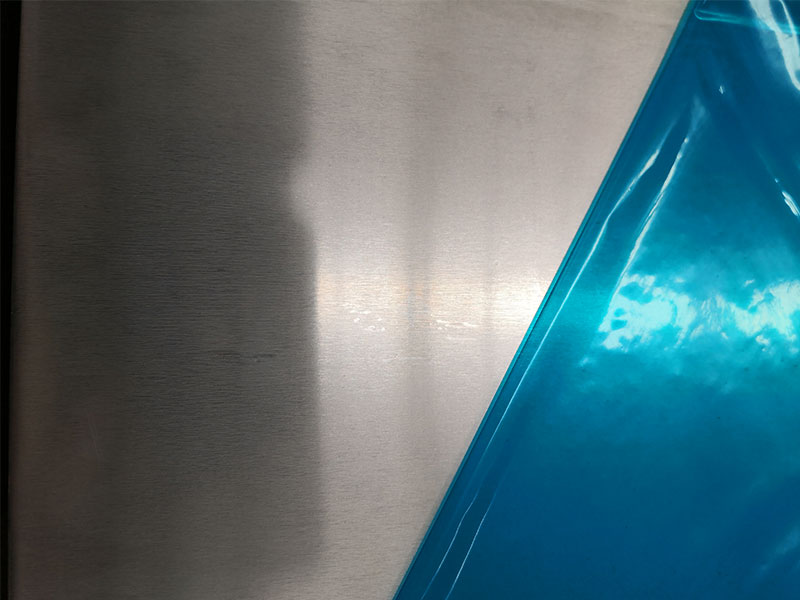7050 t7451 aluminum plate
In the world of advanced materials engineering, few materials invoke a response quite like aluminum plate. Among the array of choices, the 7050 T7451 aluminum plate captivates attention due to its unique composition and industrial utility. This specific alloy isn't just another option; it steps into the limelight as a prime contender for high-performance applications, making it a subject worthy of exploration.
The Alloy Composition: Strength Meets Lightweight Characteristics
The 7050 aluminum alloy is primarily composed of zinc (Zn), with significant amounts of magnesium (Mg) and copper (Cu) as well as minor components of zinc, chromium, manganese, and silicon. The blend of these metals is what makes the 7050 T7451 especially noteworthy. It's renowned for its formidable strength-to-weight ratio, significantly outperforming other grades, particularly in critical structural applications.
The T7451 temper enhances these properties. This strain-hardened temper provides reinforced yield strength and superior corrosion resistance when compared to other aluminum alloys. Essentially, 7050 T7451 marries lightweight attributes with durability, landing it at the forefront of aerospace and military constructs.
Functions in Structural Applications: Elevated Performance Under Pressure
One cannot overlook the myriad applications for which the 7050 T7451 aluminum plate is optimally suited. Its high strength enables the manufacture of structures that endure substantial loads without adjacent risk of failure—the ideal blend of robustness and complex geometry. Aircraft fuselages, wing skins, and other parts rely on this alloy to mitigate weight while optimizing structural integrity.
But it doesn't stop at aerospace; this aluminum plate finds extended utility in the defense sector, primarily for vehicle armor panels. Here, the need for both lightweight and strength remnants are non-negotiable elements influencing warding off enemy fire while continuing to ensure mobility.
In marine environments, 7050 T7451 aluminum edge-plating is often deployed for its resilience against harsh, corrosive seawater while still adhering to the strict regulations governing weight and performance in naval architecture.
Fabrication Versatility: Engineering Dreams into Reality
A striking aspect of the 7050 T7451 aluminum plate is its ease of fabrication. The high degree of machinability means that complex shapes and forms can be tailored while maintaining structural integrity. This becomes increasingly significant in non-standard aviation components, as engineers can innovate adaptively.
Additionally, these plates are readily weldable—though some guidance is necessary given their alloying content. Using innovative welding techniques, industries can meld different elements without sacrificing core strength. The result? Limitless opportunities for customization tailored specifically to application needs within an ever-evolving landscape of engineering domain.
The Future of 7050 T7451 Aluminum Plates: Synthesis of Sustainability and Performance
The push towards more sustainable aviation and maritime technologies significantly highlights the functionality and applications of the 7050 T7451 aluminum plate. As more industries adopt mitigating strategies for weight and sometimes carbon impact usage, this aluminum variant holds exceptional value.
The lifecycle analysis of 7050 T7451 sheds light on its renewability—aluminum being infinitely recyclable without performance loss. Spanning far beyond merely mechanical and performance characteristics, the ecological implications fold seamlessly into a future of sustainable engineering.
https://www.aluminumplate.net/a/7050-t7451-aluminum-plate.html







